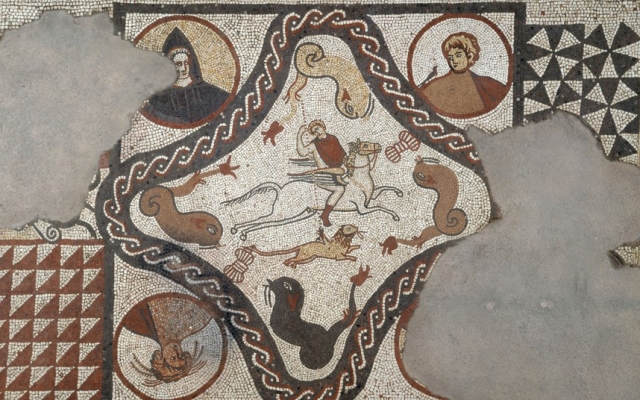Kent's History Online

The most comprehensive collection of articles and research papers on the archaeology and history of Kent ever published is now available free-on-line, following the digitization of ‘Archaeologia Cantiana,’ the annual journal of the Kent Archaeological Society.
First published 157 years ago, in 1858, the journals contain a total of more than 3,000 contributions by authorities on the county’s prehistoric settlements; archaeological ‘digs’; castles, churches, palaces and villas; genealogy; local history, and many other aspects of Kent’s past.
Printed issues of the journal are distributed to the KAS’s 1,200 individual members and affiliated local history societies, and to ‘institutional subscribers’ (public reference libraries, universities and learned societies) all over the world.
Non-members can now read and download 132 volumes, each one comprising several hundred pages, that have been posted in indexed, searchable text, that can be read by clicking on to www.kentarchaeology.org.uk/Research and following the link to ‘Researching the History & Archaeology of Kent ‘Publications 0n-line Archaeologia Cantiana’. The project is part of the society’s on-going exercise to make its resources and databases freely accessible to the public on its website, which now receives an average of 80,000 visits a week.
The KAS, a registered charity, was founded in September 1857 at an inaugural meeting at Mereworth Castle, presided over by Viscount Falmouth. Within two months nearly 400 members had been enrolled and they immediately started planning the production of the first issue of their journal for publication the following year.
Among the early members were eminent pioneer archaeologists James Bennett of West Malling, Benjamin Harrison of Ightham and Flinders Petrie (whose fame extended beyond Kent and who introduced the numbering sequence for Stonehenge’s monoliths still used today).
In 1857 Kent was a much larger county than it is today and included districts that are now within the Medway unitary authority and the London boroughs of Bexley, Bromley, Greenwich and Lewisham. Regardless of 20th century boundary changes, the society’s interests and activities still extend across the entire ‘ancient county’ of Kent
Subjects featured in the first issue of ‘Archaeologia Cantiana’ included research into Caesar’s landing place (a subject still debated by historians!) and the discovery of Ancient British, Romano-British and Roman pottery in a cave on Chislehurst Common.
Until 1940 there were a few breaks in continuity but since then the journal has been published every year. A DVD of the 1858 – 2005 issues has been available to members since 2007. Now, every page of every issue up to and including Volume 132 (2012) and the contents pages of subsequent issues can be found on the website. The entire contents of the 2013, 2014 and 2015 issues will be available on-line in future years.
Discovering Lullingstone Roman villa
‘Archaeologia Cantiana’ was one of the first journals to report the first ‘dig’ at Lullingstone Roman Villa, in the Darenth valley, discovered in 1939 but not thoroughly investigated until after WW2 by a team led by Lieutenant-Colonel Geoffrey Meates, who with colleagues E Greenfield and Edwyn Birchenough published detailed accounts of their ‘finds’ in the 1950 , 1952 and 1953 issues.
The villa is believed to have been constructed in AD 75. It was opened to the public in 1963. Its central spectacle is a mosaic floor with a scene depicting the 'Rape of Europa by Jupiter' and another showing 'Bellerophon riding Pegasus killing the Chimaera', a fire breathing lion-like monster.

